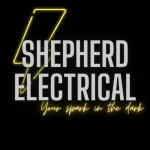Backup Power Generator for Home - We have the solution for you.
Solar, Battery, Generator.
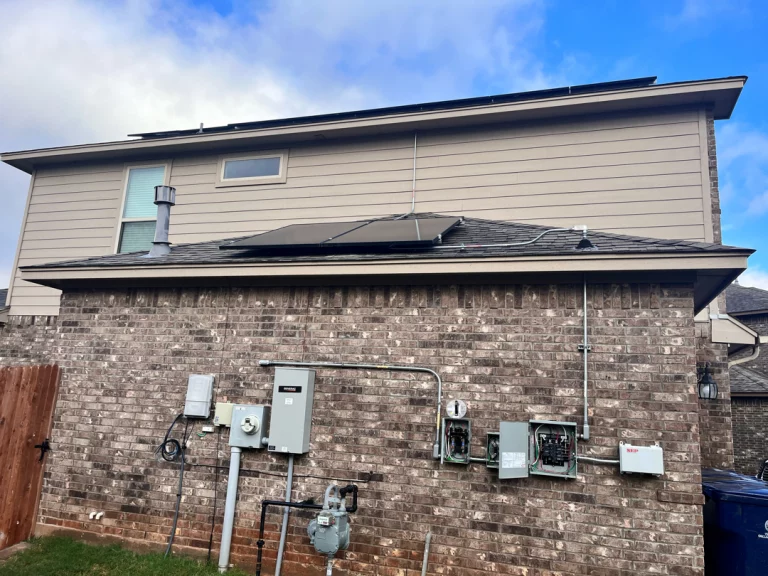
Backup Power Generator for Home: Solar and Battery or Gas and Diesel
Ensuring reliable backup power for your home is crucial to avoid disruptions during outages. Solar power systems capture sunlight and store it in batteries, providing a sustainable and cost-effective solution. Battery backup systems store electricity and can be paired with solar panels for greater efficiency, offering quiet, low-maintenance power. Generators, running on fuels like natural gas or propane, deliver immediate and continuous power during extended outages. Investing in a backup power generator for home use ensures preparedness and peace of mind, with each option providing unique benefits for comprehensive power coverage.
Lower Electric Bills, Reliable Power, Quality Products.
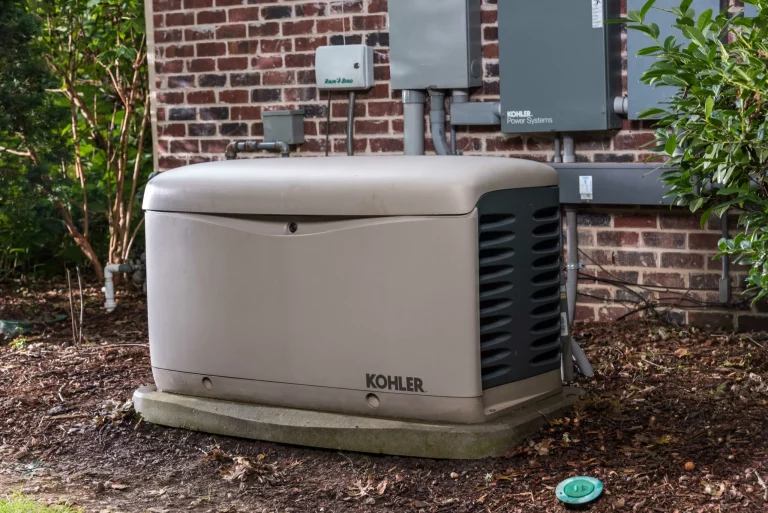
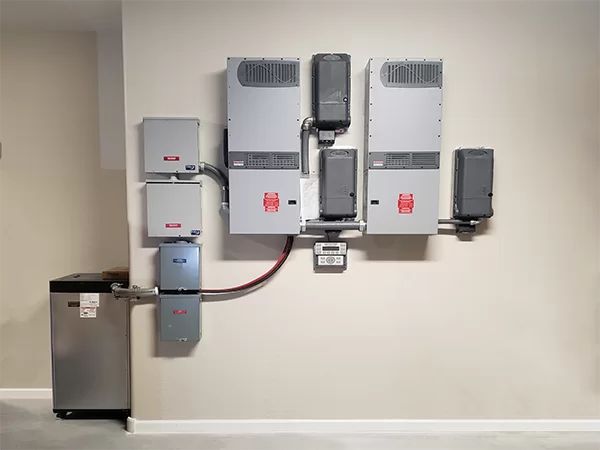
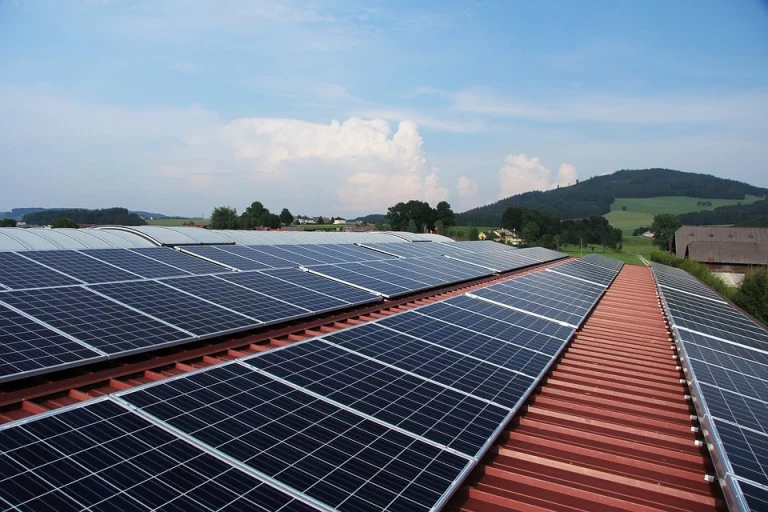
Certified, Licensed, and Insured: Shepherd Electrical
At Shepherd Electrical, we pride ourselves on being certified, licensed, and insured, ensuring the highest standards of quality and safety in all our services, including installing a backup power generator for home use. Our certifications demonstrate our commitment to staying current with industry best practices and advancements. Being licensed means we meet all state and local regulations, guaranteeing professional and reliable work. Insurance protects you and your property, providing peace of mind knowing that any unforeseen incidents are covered. Choosing Shepherd Electrical means you’re partnering with a reputable and trustworthy team dedicated to excellence, safety, and customer satisfaction.
Need Solar Labels?
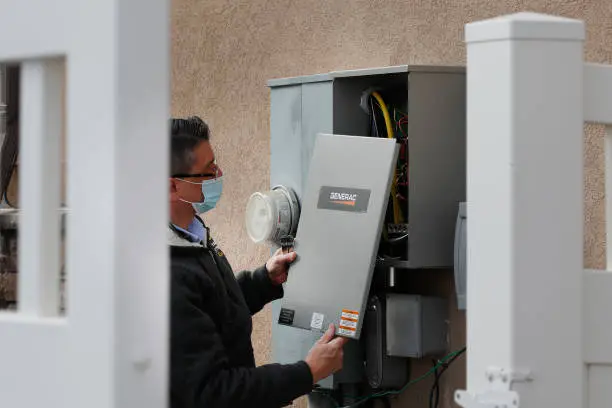
Why You Need a Backup Power Generator for Home Protection
A Backup Power Generator for Home use transforms a disruptive blackout into a minor inconvenience. When the grid fails, essentials like refrigerators, heating/cooling systems, and security devices stay powered—keeping your family safe and comfortable.
How a Generator for Home Works
First, the generator’s automatic transfer switch senses a utility outage. Then the generator fires up within seconds, supplying 120/240 V to your main panel. Once utility power returns, it shuts off and reverts control to the grid.
Top Benefits of a Backup Power Generator for Home
Uninterrupted Comfort: No spoiled food, no frozen pipes, and climate control stays active.
Life-Safety Assurance: Medical devices, alarms, and lights remain on.
Convenience: Continue your daily routine—cooking, working, and entertainment.
Sizing Your Backup Power Generator for Home
7–10 kW for critical circuits
12–20 kW for most medium-sized homes
25 kW+ for large residences with high-demand equipment
Always calculate total wattage and add 10–20% extra to handle motor starting loads.
Professional Installation Tips
Install outdoors on a concrete pad, away from air intakes.
Use an automatic transfer switch wired by a licensed electrician.
Schedule annual maintenance to comply with NEC 702.5.
Safeguard your home with a Backup Generator installation. Contact us for a free load-calculation estimate and ensure your family never goes dark.
Top 5 Facts About a Backup Power Generator for Home Use
Installing a Backup Power Generator for Home protects you against unpredictable outages. Before you invest, here are five must-know facts.
1. True Automatic Operation
A standby Backup Generator starts on its own—no manual intervention needed—so you never lose power even if you’re away.
2. Fuel Source Flexibility
Natural Gas: Unlimited runtime when tied to your home’s gas line.
Liquid Propane: Reliable, but limited by tank capacity.
Diesel: Rugged performance, though bulkier and louder.
3. Proper Sizing Is Critical
List your critical loads—HVAC blower, fridge, lights, sump pump—and sum their wattages. A correctly sized Backup Power Generator for Home handles both running and motor-starting demands.
4. Noise and Emissions
Modern enclosures reduce noise to around 60 dB. Ensure your unit meets local zoning and EPA regulations for emissions.
5. Maintenance Requirements
Monthly: Run under load for 15 minutes to circulate fluids.
Annually: Change oil, filters, and spark plugs per manufacturer specs.
Financial Considerations
While a quality Backup Generator system (including transfer switch) ranges from $4,000–$12,000 installed, the peace of mind and avoided losses often justify the cost.
Always work with a licensed electrician to ensure NEC compliance and safe installation. Ready to learn more? Reach out for a customized quote on your Backup Power Generator for Home project.
Maintenance Tips for Your Backup Power Generator for Home
After installing your Backup Generator, regular maintenance ensures it runs flawlessly when needed. Follow these steps to keep yours ready.
Monthly Test Procedures
Switch to Generator Power: Run under load for at least 10 minutes.
Inspect Visually: Check for leaks, corrosion, or animal nesting.
Quarterly Service Checklist
Oil Level & Quality: Top off or replace if needed.
Battery Health: Test voltage and connections.
Air Filter: Clean or replace to ensure proper airflow.
Annual Professional Inspection
Oil & Filter Change: Every 100–200 operating hours.
Spark Plug Replacement: Promotes reliable starts in all seasons.
Coolant & Fuel System Check: Prevents clogs and overheating.
Seasonal Considerations
Winter: Install a cold-weather kit or block heater.
Summer: Verify cooling system efficiency and coolant level.
Why Maintenance Matters for Your Backup Power Generator for Home
Neglect can lead to fuel degradation, starter motor failure, or clogged injectors—costly issues when you need power most.
While DIY checks catch obvious issues, annual servicing by a certified technician ensures NEC 702 compliance and maintains warranty coverage. Protect your investment and home safety—schedule a maintenance plan for your Backup Power Generator for Home today.
